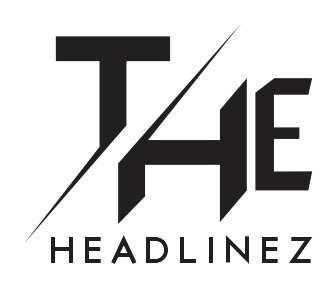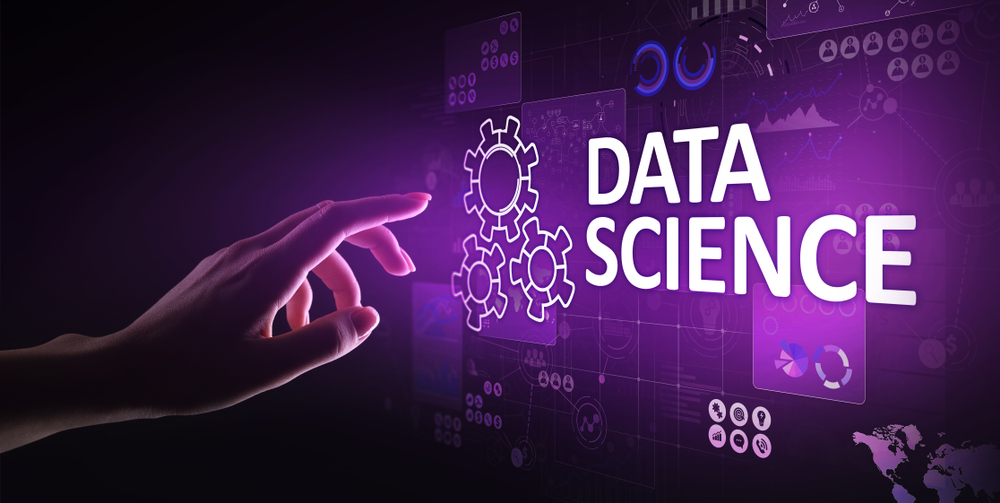In today’s data-driven environment, businesses of all sizes are continuously looking for new methods to attempt to discover from their data to make better decisions. Data science and data analytics are two phrases that are frequently used indiscriminately but have different connotations and uses. Data science and data analytics are both essential tools for concluding data, but they have different methodologies, tactics, and end objectives.
This piece will assist you in better grasping the major distinctions between data science and data analytics and which strategy is most appropriate for the unique requirements of your firm. If you’ve ever wondered what distinguishes these two fields of study then read on to find out more!
However, if you’re enrolled in any of the two compelling fields and need an expert’s assistance for your assignments. Then simply search on the internet. Whether it be marketing dissertation help or data-related papers professionals aid in all of it.
Data Science: What Is It?
Data science is an interdisciplinary field to extract useful information from massive quantities of unstructured and structured data. The focus of the field is mostly on discovering solutions to mysteries. To find solutions to difficulties that haven’t yet been dreamed of, data science specialists employ a variety of methodologies, combining computer science, predictive analytics, statistics, and machine learning to analyze vast datasets.
Data scientists are more concerned with finding the appropriate question to ask than they are with obtaining precise answers. Posing queries and identifying potential research areas is their primary objective. Specialists accomplish this by anticipating future patterns, examining a wide range of fragmented data sources, and creating more potent information analytical techniques.
However, if you’re doing majors in data science and need to buy thesis services in USA. Then, don’t worry! Simply browse on the internet and get the best experts to help with your research papers.
Data Analytics: What Is It?
The primary goal of data analytics is to handle and statistically analyze existing datasets. To find solutions to today’s challenges, analysts focus on developing techniques to collect, organize, and process data. They also consider the most effective approach to convey this data. To put it more plainly, the role of data visualization in data analytics is to find solutions to situations for which you are aware that people lack the necessary information.
More significantly, it is based on producing results that can lead to immediate improvement. Additionally, there are a few distinct disciplines of general statistics and analysis known as “data analytics” that aid in combining various data sources, identifying correlations, and streamlining the outcomes.
7 Core Distinctions Between Data Analysis VS Data Science That Every Learner Need To Know!
1 Definition
Collecting and analyzing data to derive inferences and conclusions is the method used for analytics. It focuses on the application of statistical and mathematical techniques to find links and patterns in data. On the opposite hand, data science is a wider field that entails the use of a variety of tools and strategies, including data analytics, to conclude data.
2 Aim and Concentration
Data analytics and data science have distinct priorities and objectives. Data science is more focused on forecasting future events by creating models that can make precise predictions based on historical data than data analytics, which primarily concentrates on studying and interpreting historical data to uncover patterns and trends.
3 Subject and Approach
The descriptive study of data, the investigation of correlations between variables, and the discovery of patterns are often the main focuses of data analytics. Data science, on the other hand, recommends actions based on data insights through prescriptive analysis, which builds predictive models using more sophisticated statistical and machine learning approaches.
4 Tools and Talent
So while data science calls for more specialized skills in programming, machine learning, statistical analysis, and data engineering, data analytics relies on abilities like data manipulation, visualization, and basic statistical analysis. In data analytics, technologies like Excel, SQL, and Tableau are frequently used, whereas data science calls for more specialist tools like Python, R, and Hadoop.
5 Effect on Business and Technologies
Data analytics is frequently used to help businesses make decisions about things like boosting client retention, marketing campaign optimization, and finding operational efficiencies. On the opposite hand, data science is frequently utilized for more sophisticated applications including fraud detection, predictive maintenance, and processing of natural languages.
6 Data Cleaning and Processing
The importance put on data preparation and purification is another significant distinction between data science and data analytics. This is because data scientists frequently work with enormous, complicated datasets that necessitate extensive processing and manipulation to be useful.
On the flip hand, since the main goal is to use the available data to derive insights and make educated decisions, data analytics often focuses less attention on data preparation and purification. This implies that data analysts might be able to deal with smaller, more simplified datasets and may not need to devote as much time to data preparation.
Qualifications Needed to Become a Data Scientist
Here are some listed benefits:
- A master’s or doctorate in a field relating to data.
- Complex modeling abilities in mathematics.
- Tools for manipulating big data, such as Apache Spark, Hadoop, TensorFlow, and MySQL.
- A high level of expertise in various programming languages, maybe including JavaScript, C, and C++ as well as Python and R.
- Interacting with both unstructured as well as structured information.
Qualifications Needed to Become a Data Analyst
- Solid statistical and probability knowledge.
- Powerful leadership and communication abilities (for connecting with teams).
- An intellectual and problem-solving approach.
- Knowledge of relational databases and other types of data systems.
- Talents in manipulating and wrangling data.
- Having experience with business intelligence and visualization software, such as Power BI or Tableau.
- SQL, Python, R, and MS Excel fundamentals.
Conclusion
To derive information and conclusions from complicated data, data scientists use a variety of disciplines, such as statistics, computer science, and domain knowledge.
While both occupations demand a high level of technical proficiency, data science often calls for more sophisticated statistical and programming skills. The decision between data science and data analytics ultimately comes down to the particular requirements of a business and the issue they are attempting to resolve. Organizations can select the best method for gleaning insights from data and guiding informed decision-making by being aware of the major distinctions between data science and data analytics.
References
DWH. 2021. Data Collection Method. Online Available at: <https://dissertationwritinghelp.uk/data-collection-method/> (Accessed: 29 March 2023).
Aasheim, C.L., Williams, S., Rutner, P. and Gardiner, A., 2015. Data analytics vs. data science: A study of similarities and differences in undergraduate programs based on course descriptions. Journal of Information Systems Education, 26(2), p.103.


